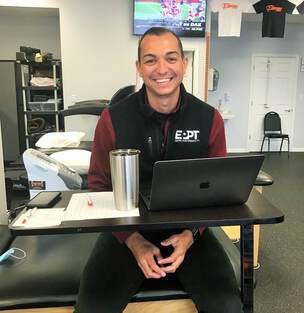 Work Ergonomics is an important aspect in all of our lives as we spend most of our time at work throughout the week. That said, without a proper computer set-up at work, many injuries can come as a result! Injuries such as muscle strains, neck pain, low back pain, and even tendonitis in the elbow, forearm, wrist, or hand can occur. Poor posture at work can lead to a decrease in function and an increase in overall pain. Additionally, prolonged positions of poor postures can lead to a reduction in your abdominal cavity causing a decrease in function of your vital organs such as your lungs. However, here at Empire we focus on improving function and reducing the risk of injury! For this reason, below are some quick tips to keep you safe at work:
2 Comments
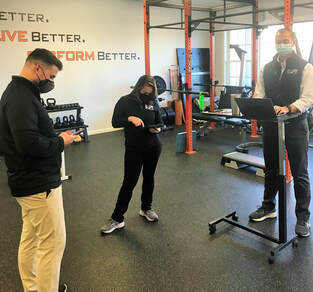 Tech neck is a newer term used to characterize the symptoms that occur as a direct result of spending too much time at the computer or on your phone. Unfortunately, this is the nature of most of our jobs today. Our visual gazes have moved down and forwards, pulling us into poor posture, causing repetitive stress and strain to the muscles of the upper back, shoulders and neck. Symptoms of tech neck may include pain, stiffness, muscle spasms, and headaches. If not corrected or left untreated, these symptoms could continue to worsen over time and eventually develop into a more chronic condition. This is why it is imperative that we address ways we can all make positive changes to prevent the start of or the exacerbation of this condition. Here are some helpful tips and exercises you can implement into your work routine to promote a healthy and pain free life. 1. Cervical Retraction/Chin tucks
2. Scapular retraction
3. Upper Trapezius Stretch
If these exercises worked for you, email me to get 3 more:
[email protected] By: Dr. Josh Hammond, PT, DPT Hi there! With more and more people returning to the office, we wanted to offer some tips for staying healthy at work! If you are still working from home, don’t worry these tips can be helpful for you too! We know how difficult it can be to stay healthy when you are so busy but we hope these tips are an easy place to start! 1) Moving every hour
|
AuthorDr. Tony Tanzi: Physical Therapist, Triathlete, Runner, Performance Coach Archives
October 2022
Categories |

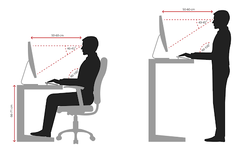
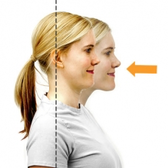
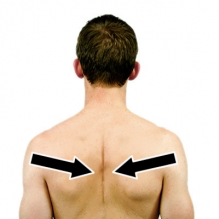
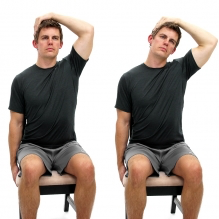
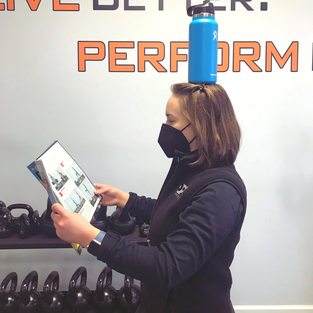
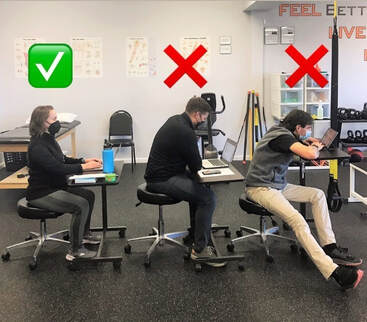


 RSS Feed
RSS Feed